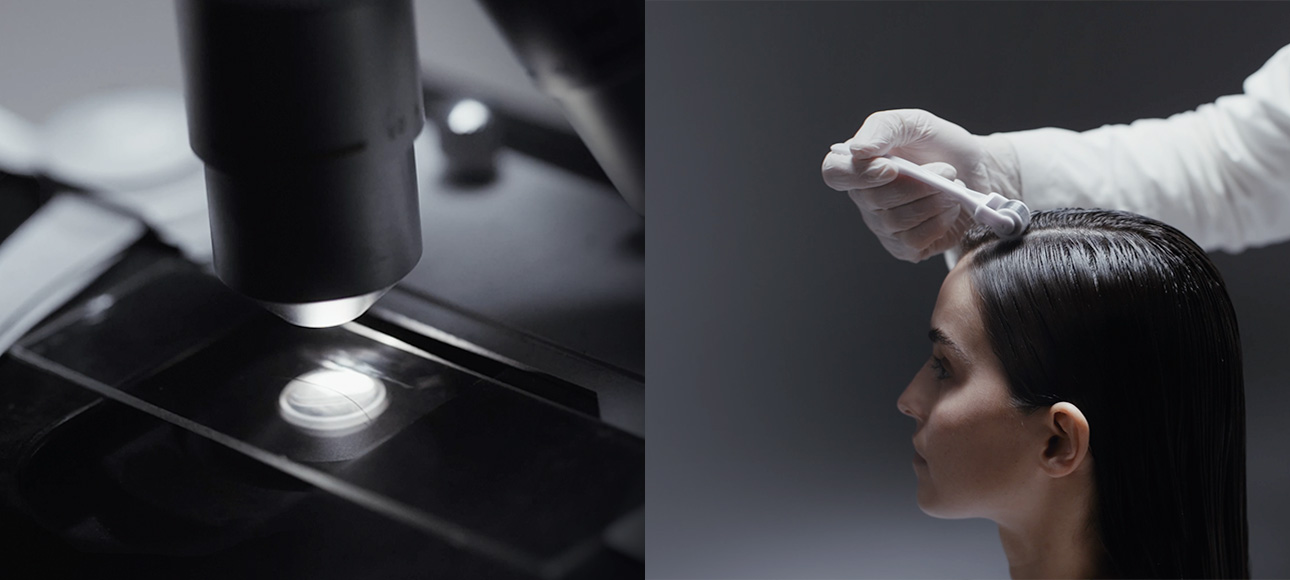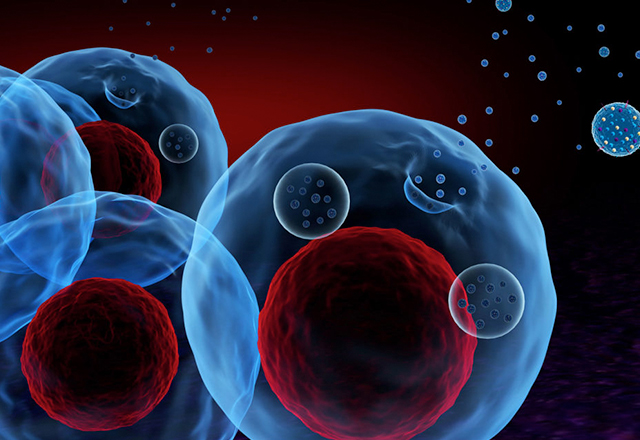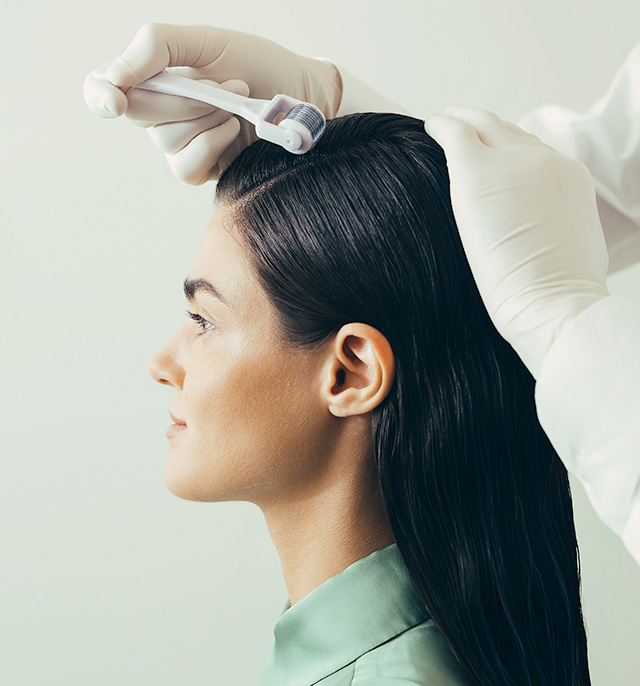
Everything you need to know about exosomes, the new active that’s taking the hair growth sector by storm.
While ageing is a privilege, and over the centuries we’ve been lucky enough to live longer and longer, one thing many of us are in search of is the holy grail of youth-boosters that will slow down visible signs of ageing. Think lines, wrinkles, sagging, hyperpigmentation, hair loss and thinning too.
Cue, one of the most exciting actives taking the beauty sector by storm. Exosomes, a stem cell derived therapy that regenerates and repairs the skin and hair like nothing we’ve ever seen before.

“
Exosomes are tiny vesicles that cells excrete to communicate with each other. Containing proteins, lipids, peptides, growth factors and amino acids, these stem cell sourced cells help modulating the hair growth cycle and are an emerging therapy for patients with alopecia, thinning and lack of growth.
”
Ricardo Vila Nova

According to a study in the Journal of Cosmetic Dermatology, how exactly exosomes work when it comes to boosting hair growth is unclear; but it’s suspected that exosomes, can mediate the crosstalk between epithelial cells and mesenchymal cells during the hair growth cycle. Both of these cells are needed for healthy follicles, and the development and growth of our hair.
Administered by way of micro needling followed by massaging the exosomes into the scalp, “exosome-based hair treatments can boost hair growth by up to 40 per cent and increase density by up to 60 per cent. They not only help our hair look better, but they essentially turn back the clock so that our hair functions as it would have when we were younger. The treatment should be undertaken once a month for three months and then performed every four to six months after that, “The treatment should be undertaken once a month for two to three months and then performed once every four to six months after that” shares Vila Nova.
Sourced from human fat cells, human umbilical cords, animal umbilical cords and plant stem cells, there are a number of options when it comes to what form of exosomes you can use. However, in the UK and Europe, human-derived exosomes are still banned, but animal derived and plant-based exosomes are not.
The treatment is being compared to PRP due to the fact that it is also derived from humans. Platelet-rich plasma is found in the blood and contains proteins known as growth factors. These all-important proteins are needed to support cell growth and survival. When injected into the scalp, PRP gets to work in the bulge area of our hair follicles – this area is home to most of the hair follicles’ stem cells. The addition of growth factors from the plasma helps stimulate activity and promote new hair growth. This makes it an effective treatment for people who are experiencing hair loss or thinning.
However, “it’s impossible to know how many growth factors are present at any one time, unlike with exosomes, as the labs can guarantee a certain amount of exosomes within a dose. Not to mention exosomes are considered to be more potent that stem cells and growth factors. Though I would advise PRP treatments when you’ve finished your first course of exosomes as they can boost the effects of PRP,” explains Vila Nova.
And while human and animal exosomes (of which the later are used at 2122 Ricardo Vila Nova), are deemed more effective than plant-based exosomes, all three have been shown to be safe to use and all offer a degree of both skin and hair regeneration. “This means that dependency on drug-based growth boosters like minoxidil, hormone blockers, cortisone, or steroid based treatments to aid long-term hair health and prevent or revert various forms of alopecia may well become a thing of the past, which is incredibly exciting,” adds Vila Nova.
To learn more about how our exosome treatment can enhance your hair health please contact us.


